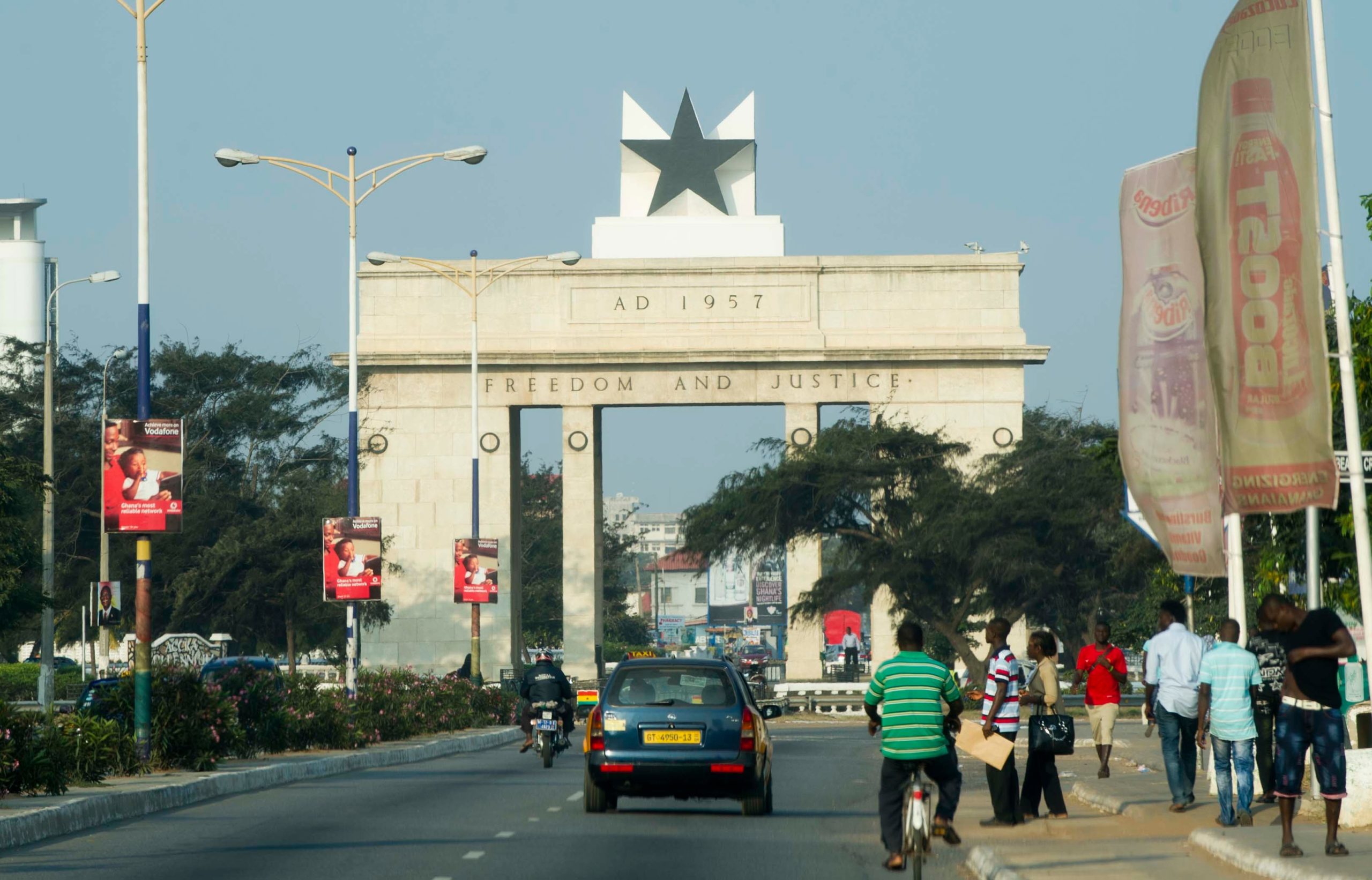
The long awaited third review by the IMF is underway, with many not certain about the outcome. According to the proposed schedule of reviews under the Extended Credit Facility (ECF) Arrangement between 2015-2018, the third review was expected to be completed by April 15, 2016. However, due to delays in the implementation of some key reforms and the strict observance by the IMF, the third tranche of the programme is yet to be released.
In particular, the amendment of the new Bank of Ghana Act to allow 5% central bank financing instead of the 0% recommended by the IMF, the approval of the Public Financial Management (PFM) Bill and the review of tax exemptions to the State Owned Enterprises (SOEs) were expected to be completed by December 2015.
As predicted by GN Research in our publication of the IMF & MCC requirements for Ghana in May 2015, government could not religiously follow its earlier promise of a zero monetary financing amid the many assurances given last year.
The key objective of this clause was to minimize the pass-through effect of central bank financing on consumer price inflation against an already high monetary policy rate at 26%. Again, this is in line with the programme’s primary objective of eliminating fiscal dominance of monetary policy whilst safeguarding the stability of the financial sector.
Nevertheless, these delays or partial implementation of agreed reforms were imminent given the slow economic recovery associated with the power crisis, low commodity prices and the usual delay of government to fulfill manifesto promises some few months or weeks to elections.
A cursory look at the fiscal and monetary statistics reveals some degree of stability ahead of the December polls. Interest rates for the 91-day, 182-day and 1 year treasury bills have remained stable at 22.8%, 24.6% and 23.0% respectively since April, 2016.
The vote to hold the monetary policy rate at 26%, even as inflation skyrocketed to a six-year high of 19.2% in May 2016 shows the confidence that the central bank has in its inflation targeting framework. This was largely influenced by the relatively lower depreciation in the cedi against the US dollar and the euro, weakened pound before and after the Brexit, tightened fiscal policy and a relatively stable power supply within this past few months.
Nevertheless, these gains are yet to reflect in the average lending rates, which stood at 33% in August 2016 and bolstered non-performing loans to 19.1% in July 2016. Coupled with a much tighter fiscal environment and persistent influx of foreign goods, creation of jobs in the private sector has been virtually negligible.
Going forward, the stringent freeze in public sector hiring is expected to get much worse in 2017, as the government starts the actual rationalization of public sector staff.
Meanwhile, the recent US$500 million World Bank partial guarantee for the Offshore Cape Three Points Sankofa Gas project and the upgrade of Ghana’s economy to B3 (signaling stability) by Moody’s is expected to score Ghana some positive points and influence the release of the third tranche under the IMF programme.
A positive review by the IMF is expected to influence investor and business confidence and provide some US$114 million needed to meet the excess demand for foreign exchange during elections and the festive season.
Author: Jacob Kinship Buxton || Economic Analyst








